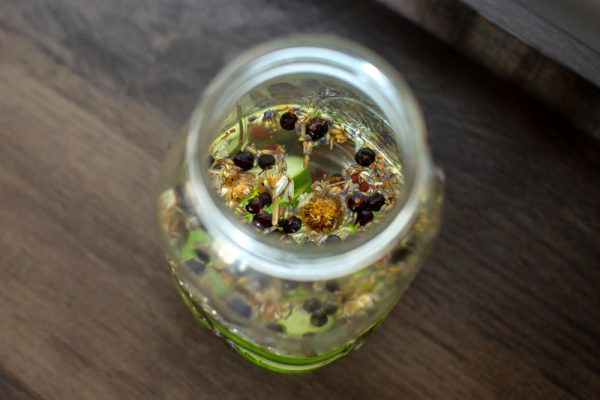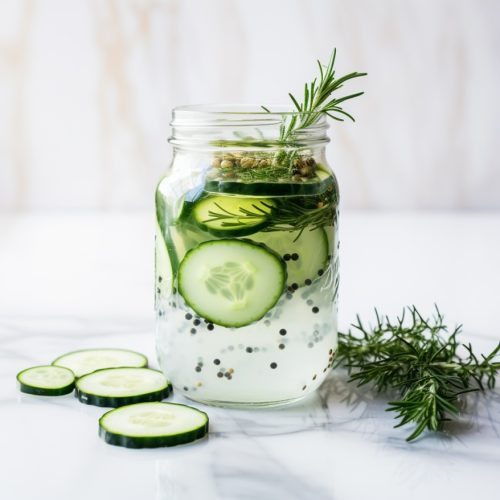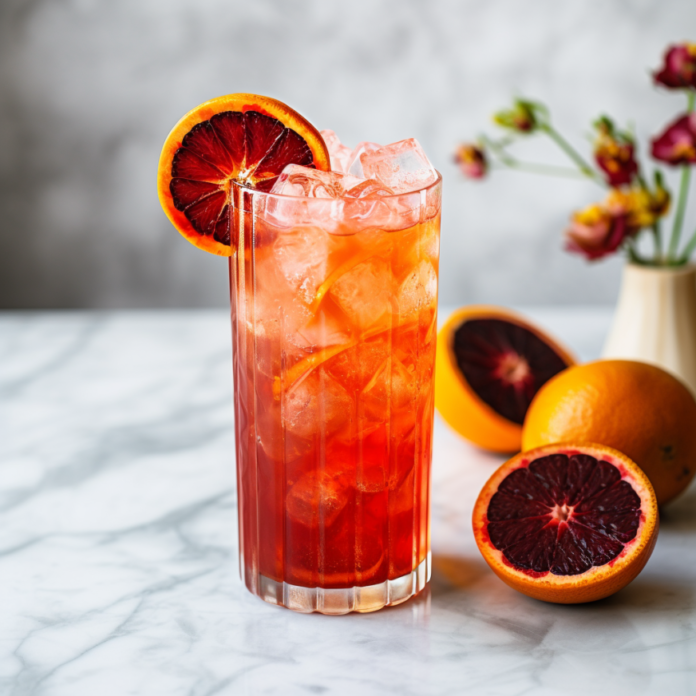

Copyright A Bar Above
DIY MIXOLOGY: MAKING YOUR OWN COCKTAIL INGREDIENTS AND NON-ALCOHOLIC SPIRITS
If you are a total cocktail nerd who loves making a craft homemade mocktail, I highly suggest you order Zero, A New Approach to Non-alcoholic Drinks. In it, you’ll find the guidance to make your own Zero ABV backbar inspired by gin, whiskey, tequila, Triple Sec, mezcal, rum, Amaro, Chartreuse, Fernet, Campari, and classic bitters.
I started with gin. It’s complex, interesting, and very drinkable– and it took just a few hours after gathering everything I needed. Most of the whole spices were readily available in the bulk spice section of a gourmet grocery store. A few ingredients– vegetable glycerin and angelica root, specifically– I bought on Amazon.
Zero ABV gin worked well with tonic and in a sour cocktail, but I wouldn’t try to tell a gin drinker that it’s gin. In my next batch, I will try to amplify the juniper notes by cruising the juniper berries more.
The recipe cautioned me not to puree the juniper berries, so I may have been too cautious, leaving the tincture lacking the full gin flavor that I enjoy.
If you go the DIY route, it will help to have a few things on-hand:


Copyright A Bar Above
Note: The blender and scales are the minimum starting place. You’ll be using your blender to make tinctures– concentrated extracts made by blending up spices, herbs, or barks– in a liquid. In the zero ABV gin, I blended juniper berries in a combination of vegetable glycerin and water.
Many of the ingredients you’ll be working with are very aromatic, flavorful, and lightweight — so a little bit will go a long way! Thus, you’ll be weighing out one- to five-gram portions on a gram scale instead of using measuring spoons.
Water, fruit juice, and vegetable glycerin (your heavy ingredients) are too much for the tiny gram scale, though. That’s why you’ll also need a kitchen scale. Plus, there are many uses for a scale once it’s part of your kitchen set up. You can weigh flour for baking, sugar and water for making syrups, and food for portion control.

